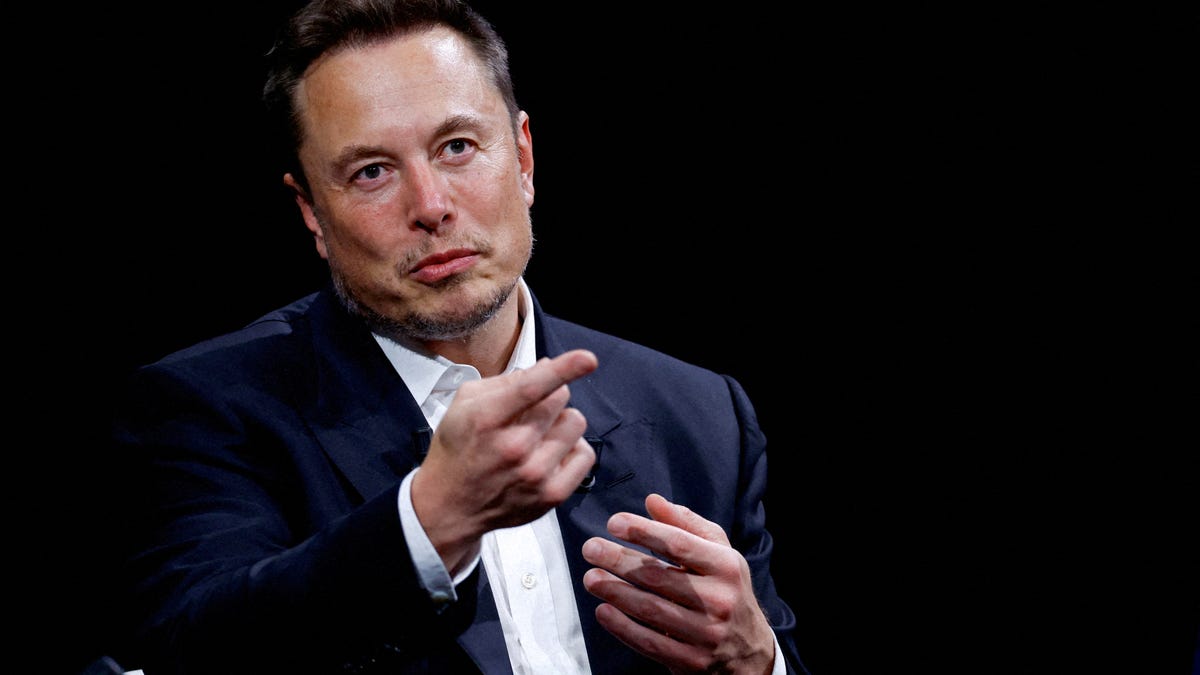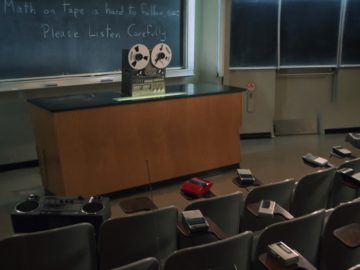Despite Elon Musk’s ambitions, Tesla’s self-driving robotaxis shouldn’t be expected anytime soon, according to JPMorgan Chase analysts.
Apple’s AI plans leave a golden path for Google, analysts say
“We expect Tesla to show a robotaxi concept on Aug. 8 and perhaps an accompanying app, and to reveal more about its expected business model,” JPMorgan analyst Ryan Brinkman said in a Tuesday research note. “But we do not expect material revenue generation likely for years to come.”
Those expectations come from a recent meeting with Travis Axelrod, Tesla’s new head of investor relations, who implied that a self-driving car would be built on a next-generation platform. Tesla aims to launch that platform, which is expected to be cheaper than its current technology, after it reaches its current production capacity — which is expected to happen by 2027.
Tesla shareholders on Thursday will vote on whether to approve Musk’s $46 billion pay package, which would give him the ability to buy up to 304 million shares at a price of $23.34. If investors vote down the package, it would a major blow to Musk and may cause his departure — although JPMorgan’s analysts are “uncertain whether he would or would not” leave.
Skeptics have speculated that the August event touted by Musk would be more aspirational than a full-blown demonstration, similar to how Tesla introduced its Optimus robots. Musk has been promising that Tesla electric vehicles will be able to operate completely independently of a driver for about a decade. The robotaxis — and artificial intelligence more broadly — have become central to Tesla’s pitch to investors, promising a wave of technological advancements.
But that’s been undercut somewhat by Musk’s desire for 25% voting control before Tesla makes further strides in artificial intelligence and robotics. Some investors have been concerned about potential conflicts of interest between Tesla and Musk’s xAI startup.
Axelrod told the JPMorgan analysts that xAI’s work won’t interfere with Tesla’s “real-world AI” opportunities. He added that the startup was focusing on scientific discovery and generalized pursuits, noting that some AI engineers may be uncomfortable working on technology with real-world applications because of safety issues.
Meanwhile, Tesla will be focusing on its Full Self-Driving technology and Optimus — Musk recently said Optimus will cost between $20,000 and $30,000 once production begins and serve as everything from a bodyguard to a teacher — in addition to the robotaxis.
Axelrod said the company believes its current approach is the “most scalable way forward” and that its eventual robotaxis will be cheaper than its current vehicles, with costs potentially falling as low as $20,000 per vehicle.
Tesla’s next wave of growth will be led by the introduction of its lower-cost models that are expected to launch in 2025, Axelrod told Brinkman. Unlike the robotaxis, they will use existing assembly lines and platforms.



